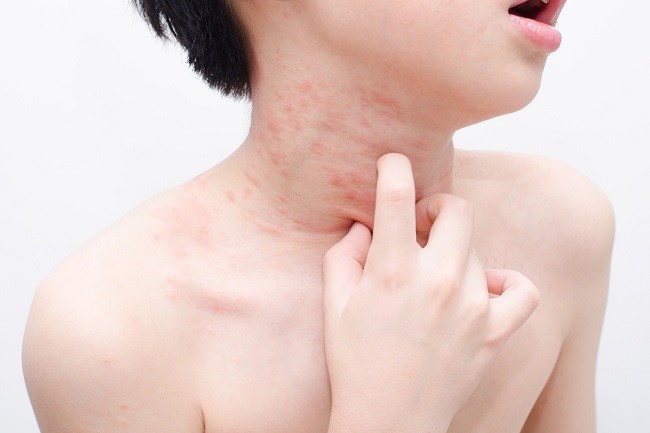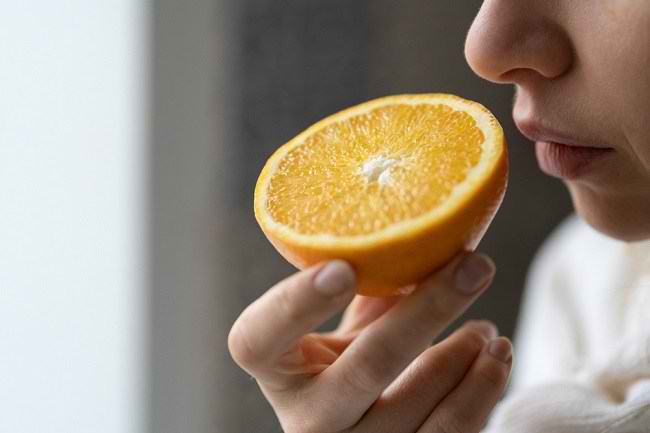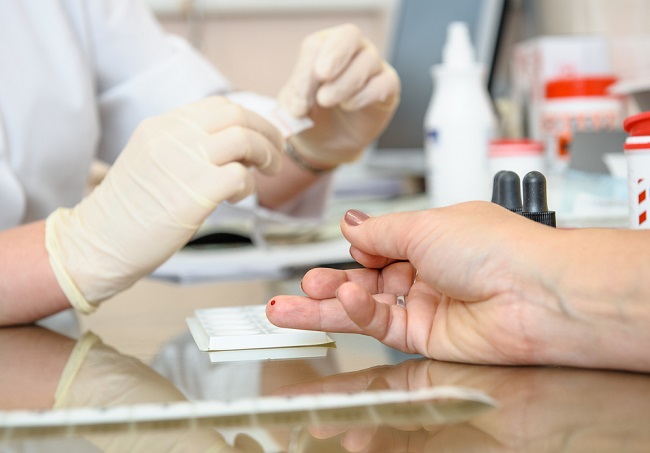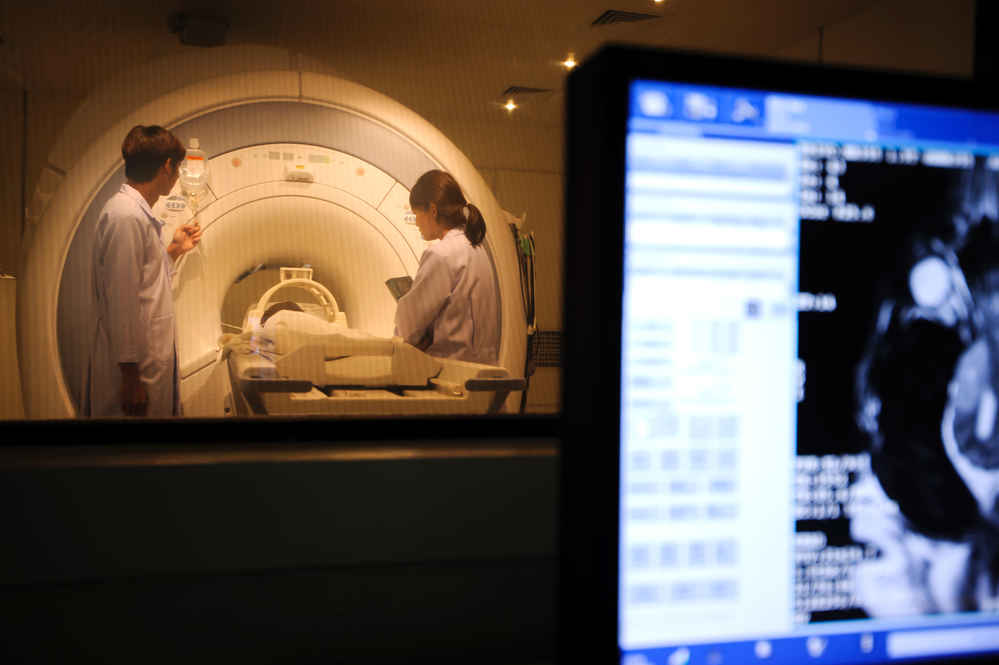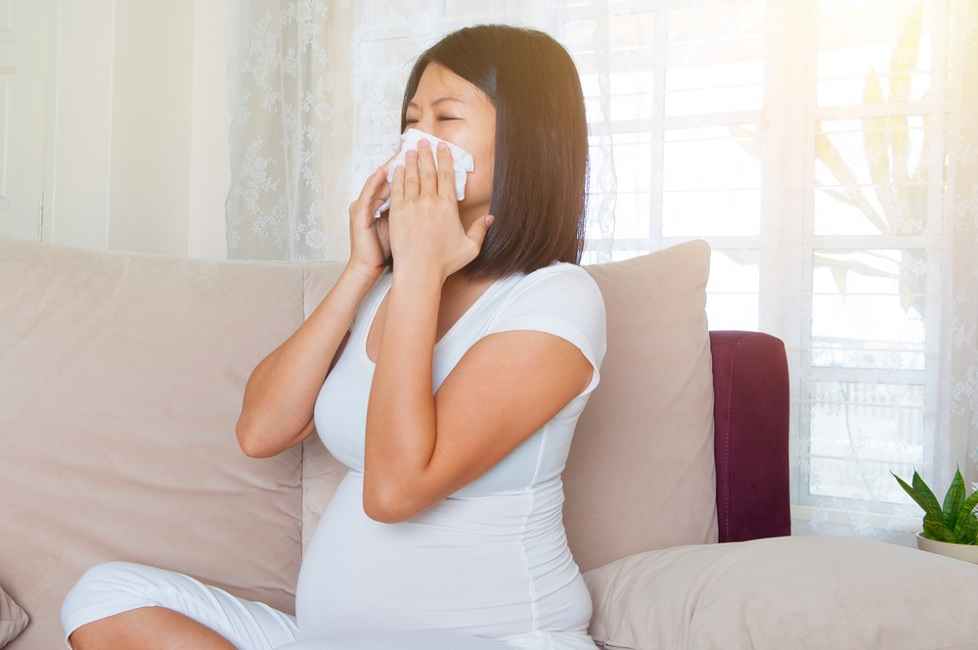Impetigo in children is one of the most common types of skin infections. This condition can cause sores anywhere on the body, but is more common on the face, hands, and diaper area. Come on, Bun, find out what causes impetigo in children and how to overcome them.
Impetigo is an infectious disease of the skin caused by a bacterial infection. This disease can affect anyone, but is more common in infants and children. Impetigo will often make children fussy because they feel itchy. If left untreated, this condition is also at risk of causing a more severe infection.

Causes and Types of Impetigo in Children
The main cause of impetigo in children is a bacterial infection, for example bacteria Streptococcus and Staphylococcus. Transmission occurs when children come into direct contact with people with impetigo or through objects that have been contaminated with bacteria, such as toys, clothes, or dirty water.
In addition, there are several factors that can increase the child's risk of developing impetigo, namely humid weather, weak immune systems, diabetes, atopic dermatitis or skin allergies, and wounds to the skin, such as scratches or insect bites.
Impetigo disease in children is divided into 2 types, namely:
Non-bullous impetigo
Non-bullous impetigo is most common in children. This skin infection usually begins with the appearance of blisters such as insect bite marks on the face or around the nose and mouth. Then, the blisters or bumps can spread to other parts of the body.
These blisters can burst from scratching or rubbing against clothing. The fluid that comes out of these blisters can irritate the surrounding skin, make the skin red, and create a yellowish-brown or golden scab.
In severe cases, nonbullous impetigo can be characterized by other symptoms, such as fever, weakness, swollen lymph nodes, and pain.
Usually this condition can heal without leaving scars in about 2−3 weeks.
Non-bullous impetigo generally does not cause pain, but it can be very itchy, Bun, so that your little one will be fussy and want to scratch his skin constantly.
Bullous impetigo
Although less common in children, bullous impetigo can affect newborns up to 2 years of age. This disease is caused by bacteria Staphylococcus and will cause large blisters up to about 2 cm in size.
Blisters are common in the folds of the body, such as the elbows, knees, armpits, and groin, and last for 2-3 days before bursting. Once ruptured, the blister will leave a yellow-brown sore or scab, without leaving a scar around the wound.
When compared to non-bullous impetigo, bullous impetigo is more painful. Because they feel pain, then the child can be more fussy than usual.
Here's How to Overcome Impetigo in Children
Impetigo in children needs to be examined and treated by a doctor. After monitoring the condition of the child's skin, the doctor prescribes antibiotic drugs in the form of ointments, tablets or syrups. This drug serves to eradicate germs that cause infection on the skin.
If the doctor prescribes antibiotics for your little one, make sure you give it according to the dose and until it runs out.
In addition to antibiotics, your doctor may also be able to prescribe medications to relieve itching, such as antihistamines or caladine powder. During recovery, doctors will also generally advise your child to be kept away from allergy triggers, such as dust, cigarette smoke, or certain foods.
So that impetigo can recover quickly, you need to keep your little one from scratching his skin a lot. Mothers also need to maintain the cleanliness of the Little One's body, so that he does not experience impetigo again in the future.
Some cases of impetigo in children can indeed heal on their own, but this condition can cause itching that is very annoying. In addition, if not treated and treated properly, this disease is also at risk of causing dangerous complications, such as sepsis.
Therefore, if your little one has impetigo, you need to take him to the doctor for treatment.
